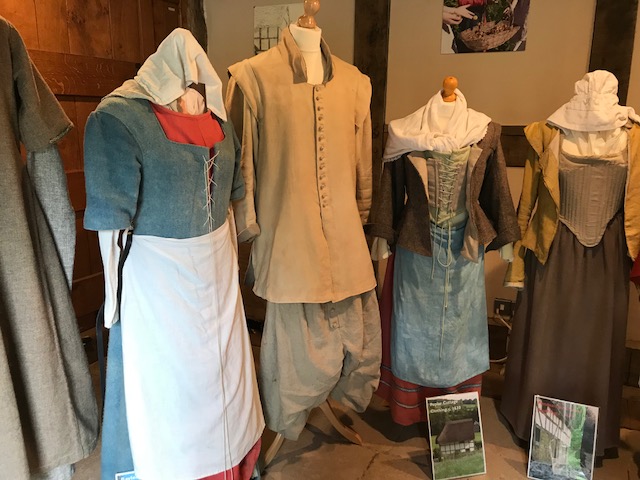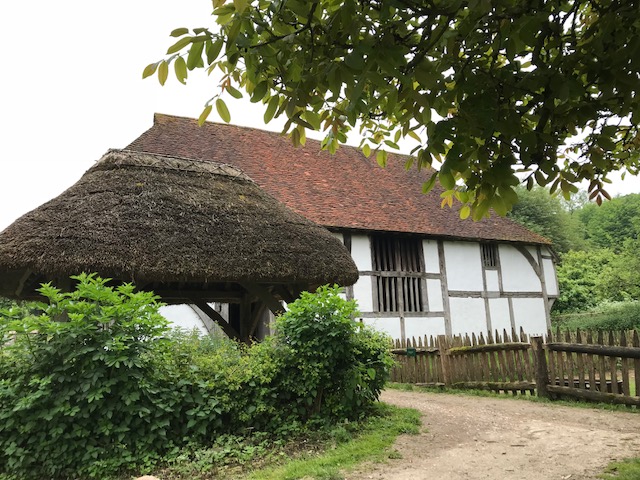The University of Leeds engaged Janice Tullock Associates to produce the Activity Plan for its Dialect and Heritage project.
This complex project combined academic research with meaningful public engagement. It brought together five rural life and folk museums from across England, as well as the University of Leeds School of English and Library Special Collections. The project revisited and brought public attention to a nationally-important local dialect archive housed at the Brotherton Library in Leeds.
The archive at the heart of the project is built around a 1950-60s survey into local dialects across England. The academic research side of the work aimed to revisit and update the survey with present day audiences. The wider project would include sharing local findings and engaging the public with both the original survey and the present day results.
Janice Tullock Associates was commissioned to produce the Activity Plan to support the project’s lottery funding application.
Janice worked with Associates Emma Parsons and Jane Davies to plan an approach that was firmly founded on consultation and research. They engaged with the public and partners using a range of methods, including on-site testing across different locations, online tests and telephone interviews, gathering as much information as possible.
The project brought together rural museums from across the country to make meaningful connections with the communities the archive represents, adding value to the archive through the museum context. The settings involved were Avoncroft Museum of Historic Buildings in Worcestershire, Dales Countryside Museum and Ryedale Folk Museum, both in North Yorkshire, the Museum of East Anglian Life in Suffolk and Weald & Downland Living Museum in West Sussex. These settings vary significantly in size, location and other needs, adding to the complexity and challenges of the project!
Janice Tullock Associates facilitated discussions to make sure that the planned activities would be suitable across all the locations, and could be adapted to work well for every setting.
From their research, Janice, Emma and Jane developed ideas for activities, and how the public might best engage with the collection. They then designed test activities and trialed them with on site at museums. This helped them to understand whether people were interested in dialect words, whether it encouraged them to talk about them, and what age groups were most interested. As a result, they found that dialect words engaged the target audiences more than anything they’d trailed before! The results of these test activities fed into the final plan.
With the Activity Plan in place, the funding bid was successful in securing £530,000 to deliver a project that worked across diverse settings. Pairing the academic research side of this project with meaningful public engagement and activity planning was an exciting and effective way to support the University to share its research outputs.






